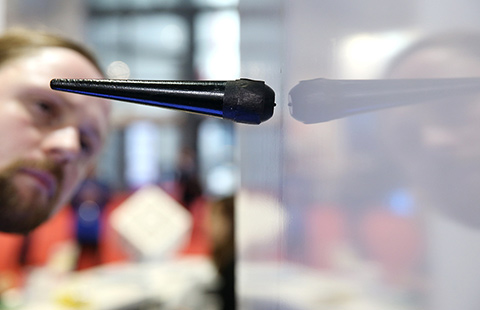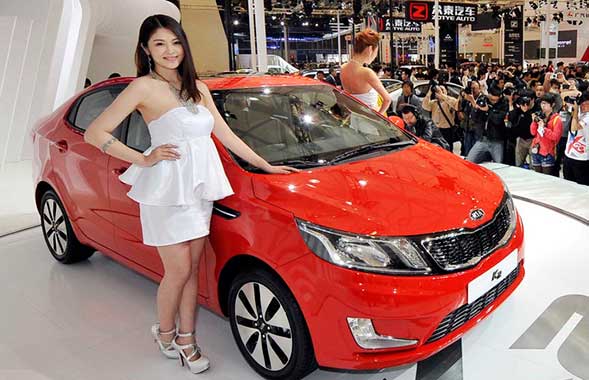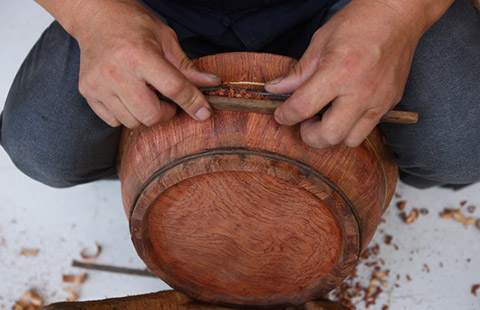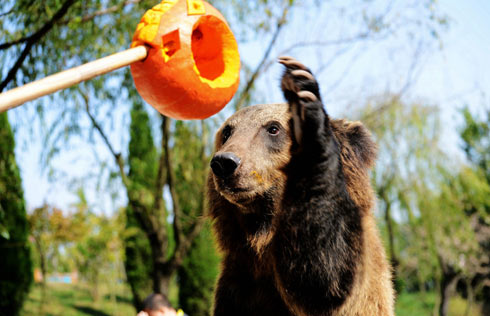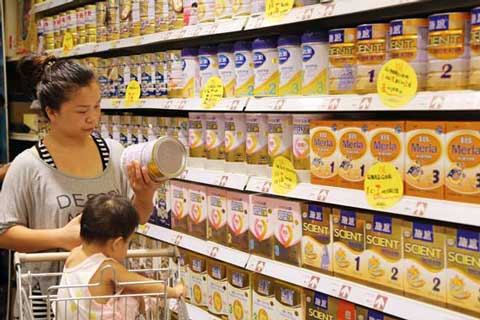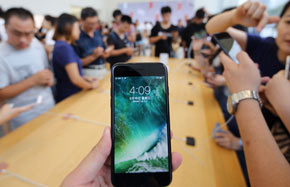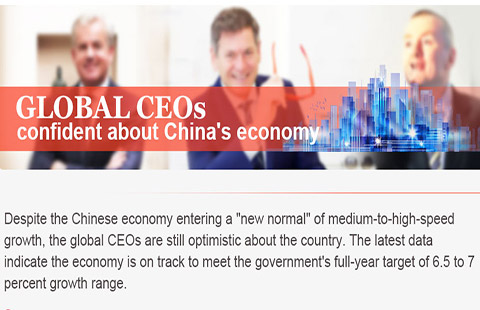China's toy exporters face grim reality
However, both heavy buyers' recently revised import standards have simultaneously posed threats to the sector, casting a gloomy outlook on the industry, said Zheng Xiaoming, professor with Guangdong University of Technology.
Europe has issued what has been deemed as the "toughest regulation" so far. The new regulation forbids the use of 55 allergenic fragrances and limits the use of 11 others.
Many Chinese manufacturers believe that the implementation of the new directive will push up their costs by at least 20 percent, squeezing their almost paper-thin profit margins, according to a survey.
Wu Chunjing, chief of Zhongshan Entry-Exit Quarantine and Inspection Bureau, has called upon companies to seek ways to offset profit-eroding factors instead of being passive victims of price increases.
To step up technological innovations to push up quality standards in accordance with the international regulations is the only way out of the plight, according to Wu.
He also suggested manufacturers develop innovative products with high-added value, so they can make a profit despite rising costs.
The domestic market is another option.
Each Chinese child spends about 40 yuan ($6.28) a year on toys but the figures in Asia generally and the world is $13 and $34 respectively, providing a bulk of market opportunities.
"Exploring the domestic market with E-commerce channels and more business settled in renminbi can provide a shield during this winter," according to Wu Shuo, Zhongshan inspection and quarantine bureau spokesman.
Zhongshan is a mature toy production base that can cope with changing fortunes, said Wu. "The industry, which withstood the Asian financial crisis and massive recalls, can survive the hard situation this year."





